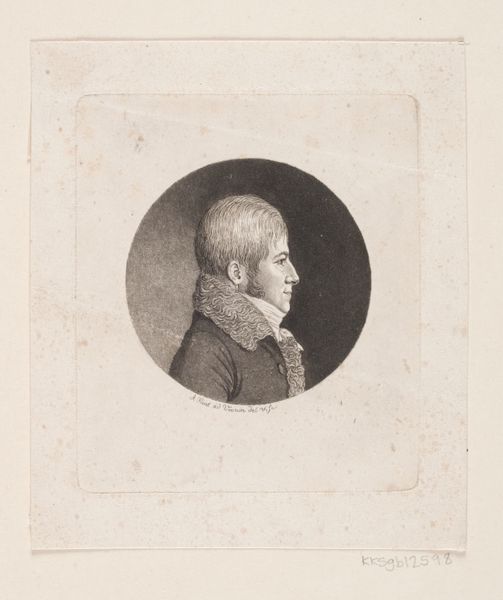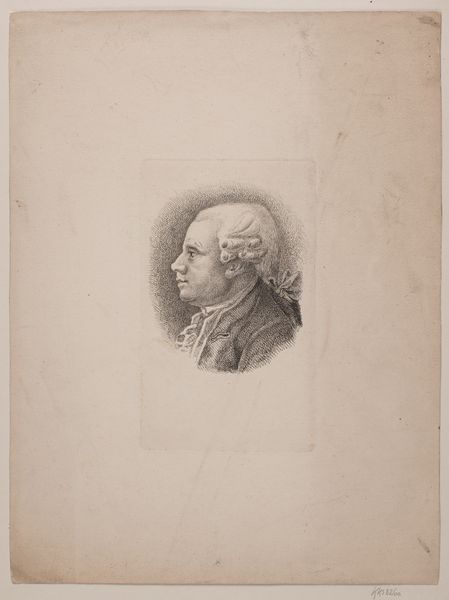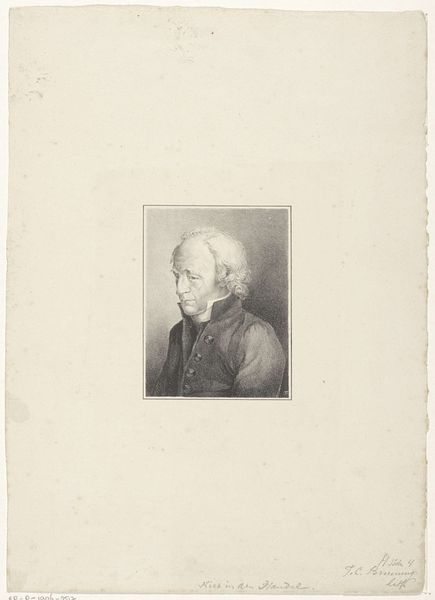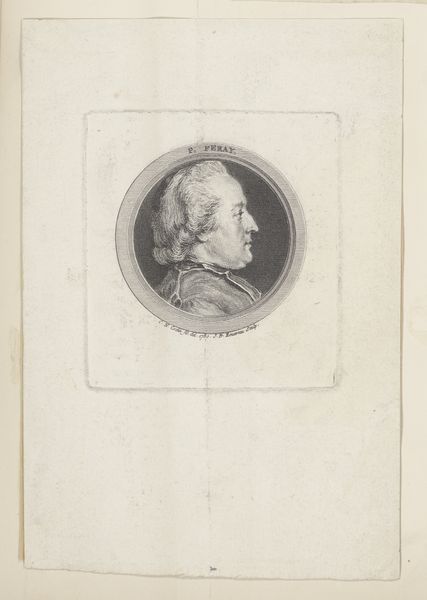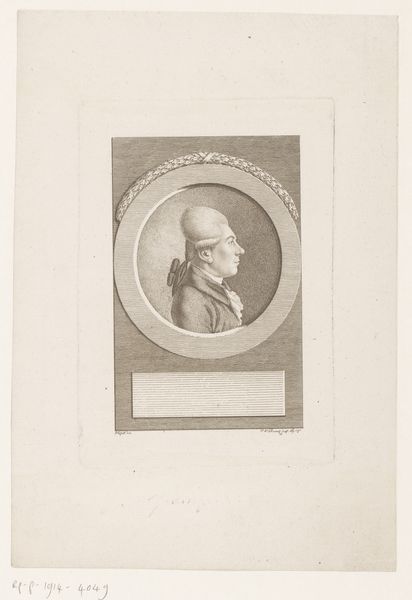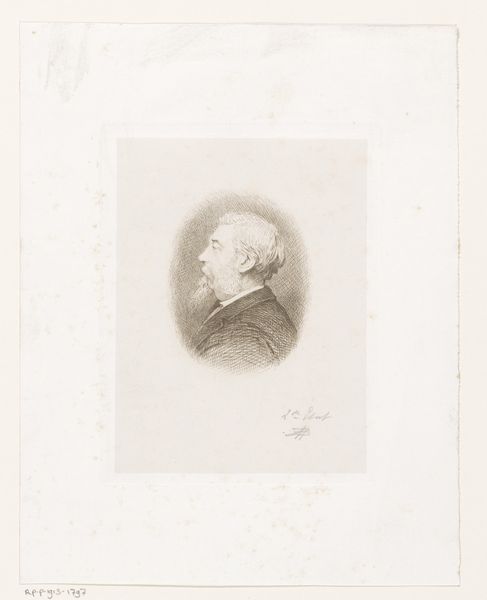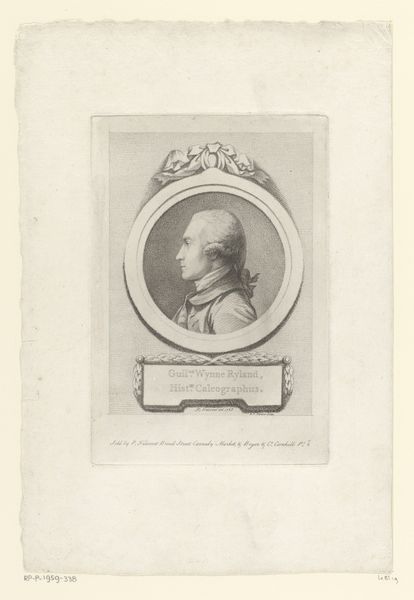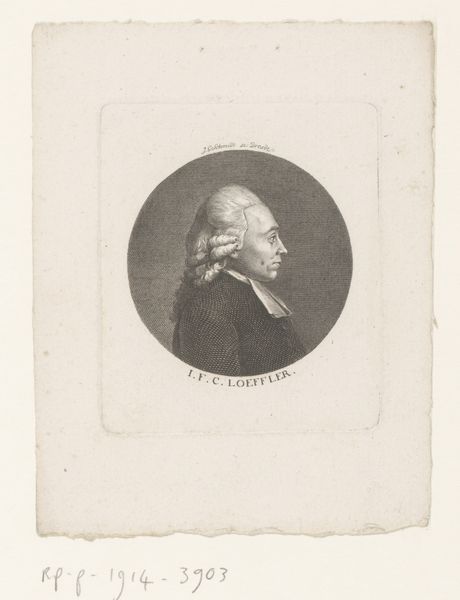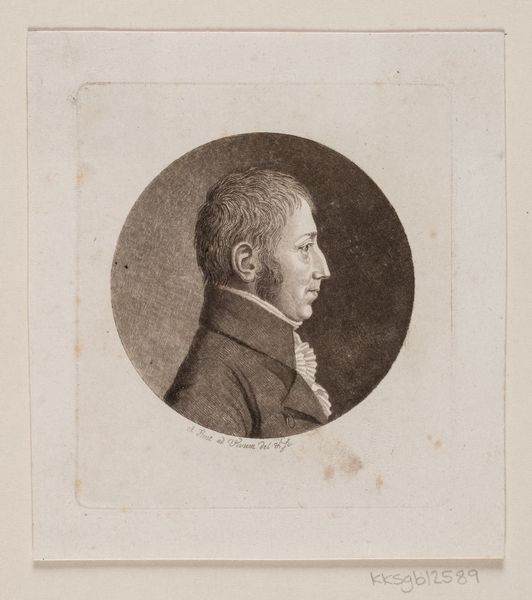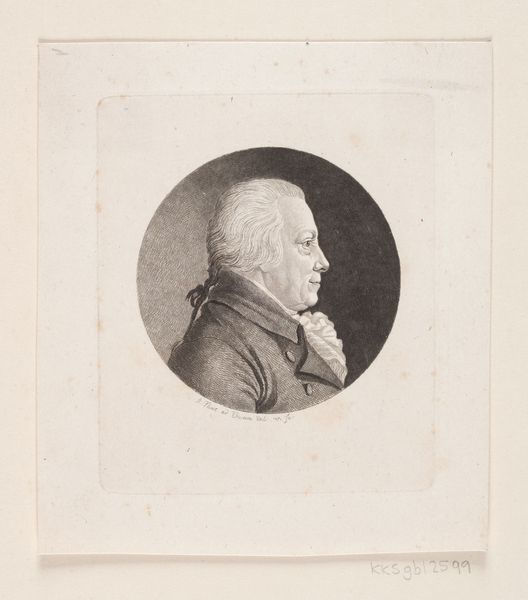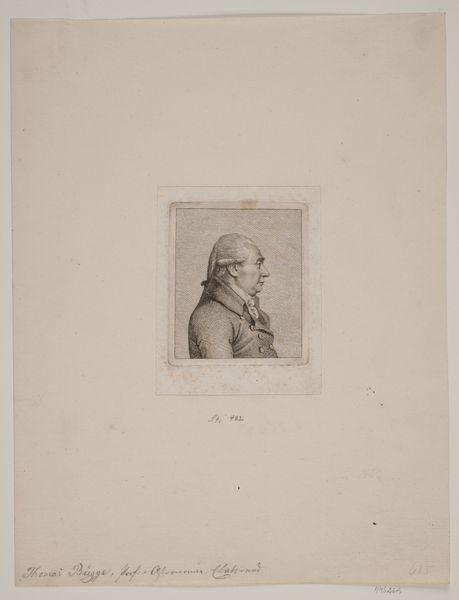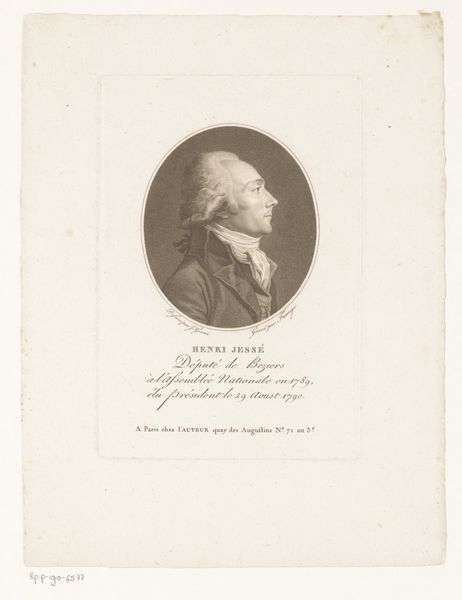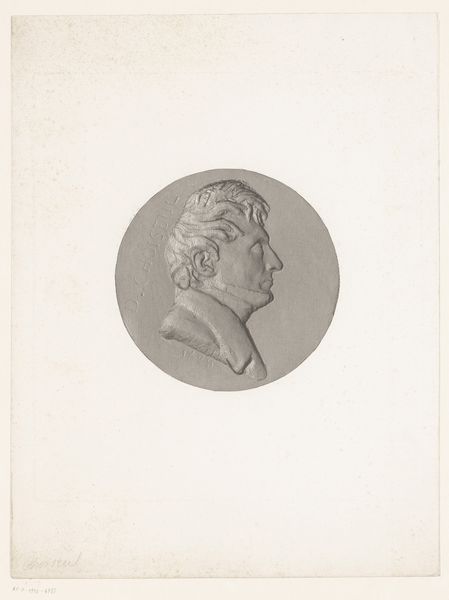
print, engraving
#
portrait
#
neoclacissism
# print
#
academic-art
#
engraving
Dimensions: height 150 mm, width 91 mm
Copyright: Rijks Museum: Open Domain
Editor: This is a print titled "Portret van Jeremias Nicolaus Eyring" made in 1793 by Christoph-Wilhelm Bock, currently housed in the Rijksmuseum. The clean lines and sharp profile give it a very classical feel. How do you interpret this work, considering its historical context? Curator: This engraving perfectly embodies the Neoclassical style, reflecting a broader cultural interest in reason, order, and classical antiquity during the late 18th century. These kinds of portraits became popular because of the rise of a bourgeois public and burgeoning academic societies; the 'politics of imagery' was about carefully crafting respectable identities. How do you see the subject being presented here? Editor: He looks like an important man. The fine details of his clothing and that elaborate hairstyle... It’s all very precise and proper. Curator: Exactly. Portraits such as these served a crucial public function. They not only commemorated individuals but also visually reinforced prevailing social hierarchies. Bock’s decision to use printmaking allowed the image to be disseminated more widely, shaping and controlling the professor’s public persona through circulation and social exchange. Editor: So it’s less about capturing his inner character and more about portraying a specific role? Curator: Precisely. Think about how the artistic style - with its emphasis on clean lines, minimal emotion, and classical allusions - contributes to this portrayal of authority and intellect. Do you see it celebrating the man or the office that he holds? Editor: That’s fascinating, I had not thought of that! I see your point now about the intersection of the personal and the public. The 'coolness' is intended for the public as part of image control. I'll keep an eye out for that when I visit art galleries in the future. Curator: It's a reminder that art is rarely made in a vacuum and that every piece participates in wider political and social conversations.
Comments
No comments
Be the first to comment and join the conversation on the ultimate creative platform.
